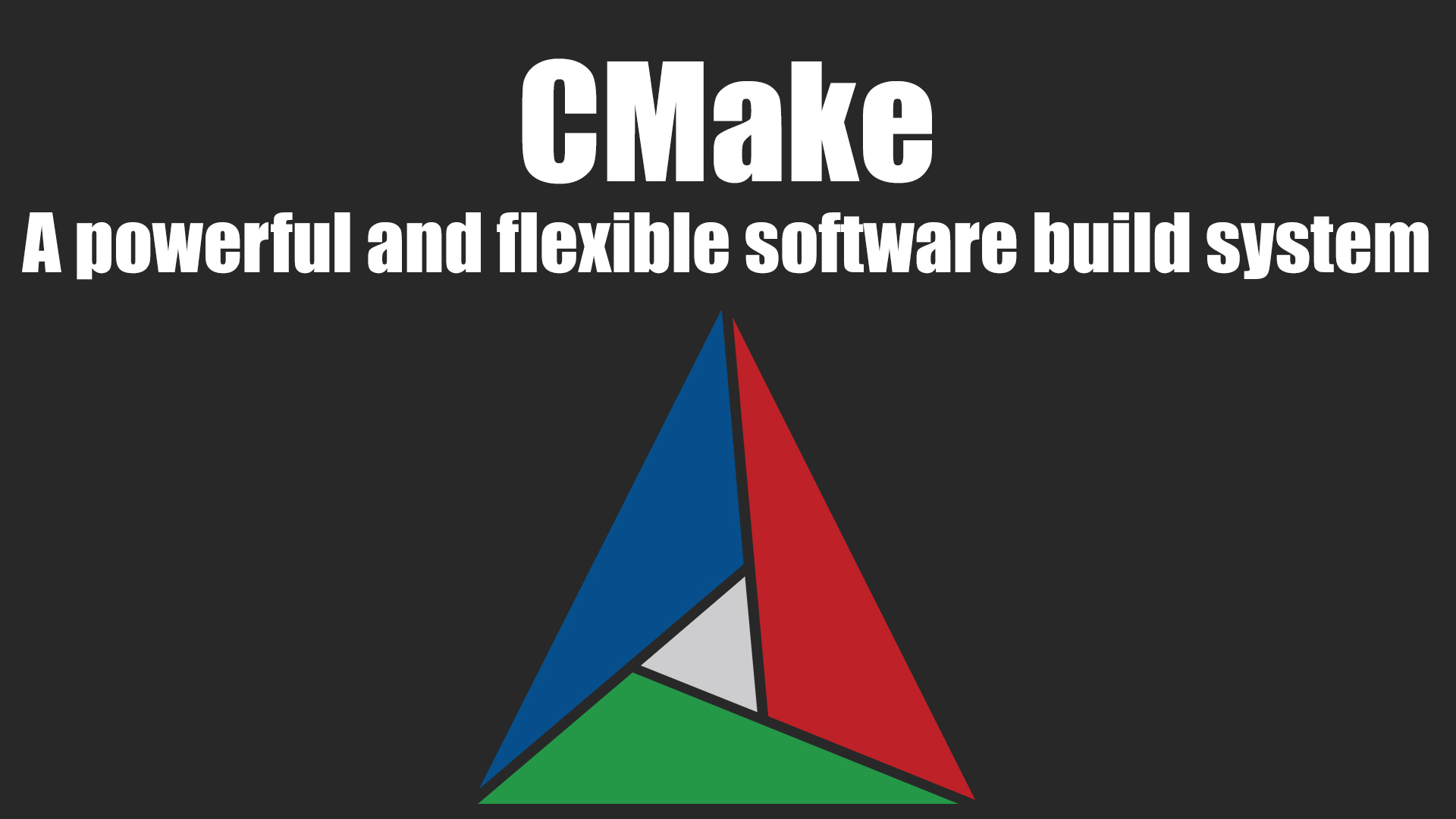CMake: A powerful and flexible software build system
- February 28, 2024, 11:20:47

Software assembly is a process that converts source code into an executable file or library using various tools such as compilers, linkers, archivers, and others. Building software can be a difficult and costly task, especially if you want to support different platforms, languages, and environments. How can we simplify and speed up this process, as well as improve the quality and reliability of your product? The answer is CMake, a free, open and lightweight software build system that allows you to automate and manage the build process with simple and intuitive commands.
Main information
CMake is a software build system that consists of two main components: a kernel that processes commands and generates build files, and generators that create build files for different tools and platforms. The CMake kernel runs on any system that supports CMake and uses files with the .cmake extension or CMakeLists.txt which contain CMake commands. CMake commands are simple and clear instructions that define parameters, dependencies, goals, and actions for your project. CMake generators are modules that convert CMake commands into build files for various tools and platforms such as Make, Ninja, Visual Studio, Xcode and others. Build files are files that contain detailed instructions for building your project using the selected tool.
An explanation of what it is and how it works
CMake is a software build system that works on the principle of cross-platform, flexibility and extensibility. Cross-platform means that CMake allows you to build your project on different systems such as Windows, Linux, macOS, Android, iOS and others using the same file with CMake commands. Flexibility means that CMake allows you to customize and modify the build process according to your needs and goals using different options, variables, functions and conditions. Extensibility means that CMake allows you to add and use new generators, modules, packages, and scripts that enhance and complement CMake functionality.
Why do people use it
People use CMake for various reasons, but the main ones are simplicity, efficiency and versatility. Simplicity means that CMake offers a simple and intuitive syntax that allows you to easily and quickly create and manage build files for your project. Efficiency means that CMake ensures high speed and build quality of your project using optimal and reliable tools and methods. Versatility means that CMake supports different languages such as C, C++, Fortran, Java, Python and others, as well as different types of projects such as libraries, applications, tests, documentation and others.
What benefits will this bring to your business
Using CMake can give your business many advantages, such as:
- Improve efficiency and competitiveness by enabling you to build and run your project on different platforms, languages and environments, as well as use different functions and services that improve and complement your product or service.
- Reduce costs and risks by using one free, open and lightweight software build system that does not require large resources, skills and investments, and also prevents errors, incompatibilities and build problems.
- Increase productivity and quality of work by reducing the time and effort required to assemble your project, as well as increasing the speed and reliability of your project's assembly, through optimization and automation of the assembly process.
- Strengthening the reputation and trust in the business, through the use of modern and proven technologies, as well as demonstrating their professionalism and responsibility.
Conclusion
CMake is a powerful and flexible software build system that allows you to automate and manage the build process with simple and intuitive commands. CMake supports different platforms, languages, and project types, and offers different options, modules, packages, and scripts that enhance and complement CMake's functionality. CMake is a build system that will help you realize your idea, goal, or vision in software.


